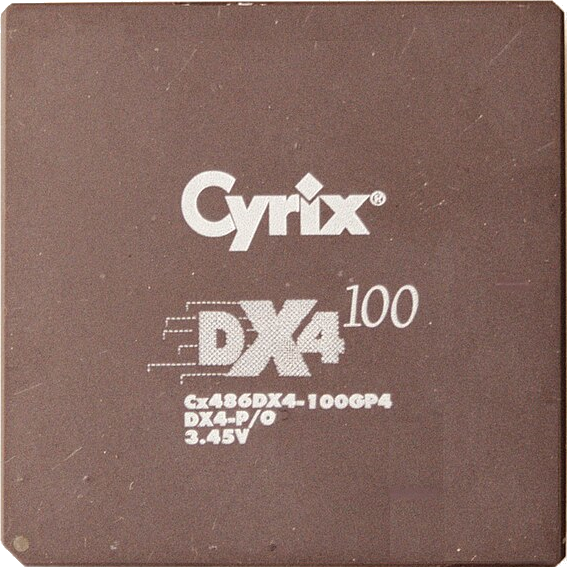I’ve been using veracrypt for the past 4 years to create container files in everything from thumb drives to external hard drives. After upgrading one of my backup drives, I decided that I will switch to a different filesystem altogether going on, from ntfs to ext4, since I havent really used windows in those 4 years. With the reasoning behind using veracrypt and ntfs in the first place being for compatibility, should I switch to LUKS? Veracrypt is dramatically more feature rich but I dont really take advantage of those. I just encrypt my drives in case of burglars and other unwanted eyes. I do already have a disaster plan in place so I would have to do a total overhaul of things, but I’m not sure if this is a wise decision. My gut says no but what do you think? What would I gain?
Edit: shouldve added that these drives are for warm storage for my weekly manual backups of files.
Edit 2: the general opinion is to use a tool that supports encryption but I dont really feel comfortable with that but do appreciate it. It’s just I’ve been manually updating my backup drives for a while now and like how simple my routine is. Think my decision is to just stick with veracrypt but format every future drive (including a new one I ordered) as ext4. My current drives wont be reformatted in order to reduce unnecessary wear on them. Thank you all for your help
I’d choose LUKS over Veracrypt for simplicity. If the drive is solely for backup, depending on the backup tool you use, you might not even need encryption on the file system level. Several backup solutions support data encryption.
I’m by no means a security expert, but I encrypt all my drives with LUKS on ext4 (or btrfs with the system drive on Fedora). I have a similar use case to yours, so i would be interested in your disaster plan as you call it.
Oh by disaster plan I mean incase of drive failure/my death. Its the 3,2,1 backup rule basically. 1 original backup drive and a copy of it are local in a fire resistant box within a bolted down safe, then an offsite cold copy of my backup drive is at a loved one’s home where backups are manually updated monthly. The more important data is also stored in the cloud with cryptomator just as more insurance for myself. A laminated paper with credentials needed to access the data is stored in 2 places, another loved one’s home in their safe (cloud provider account credentials opted out) with instruction in case I die, and hidden local in case I forget anything.


